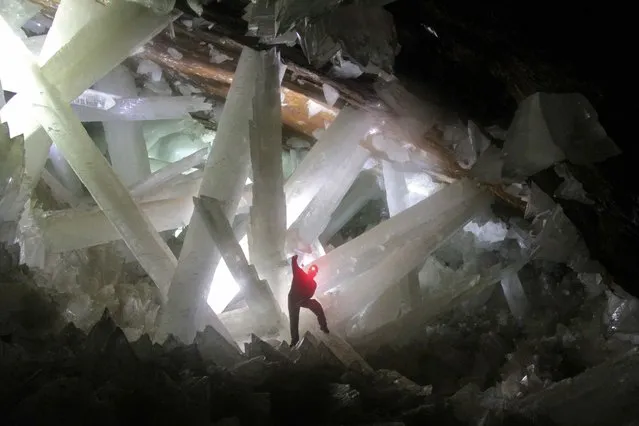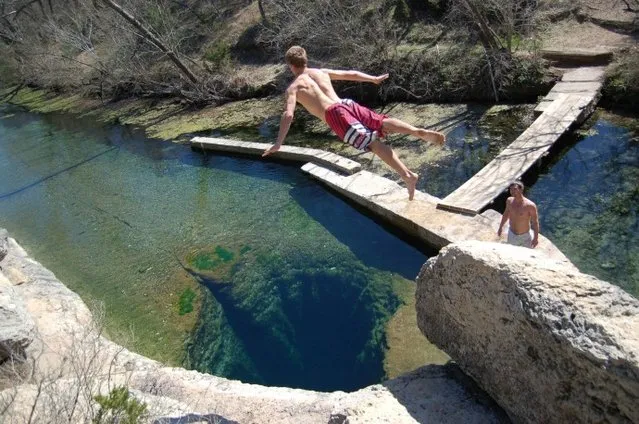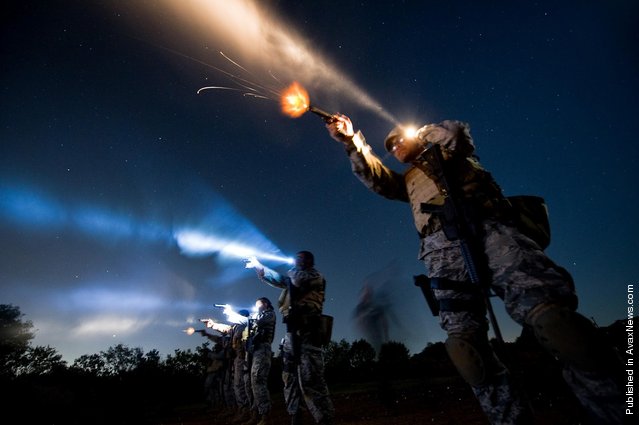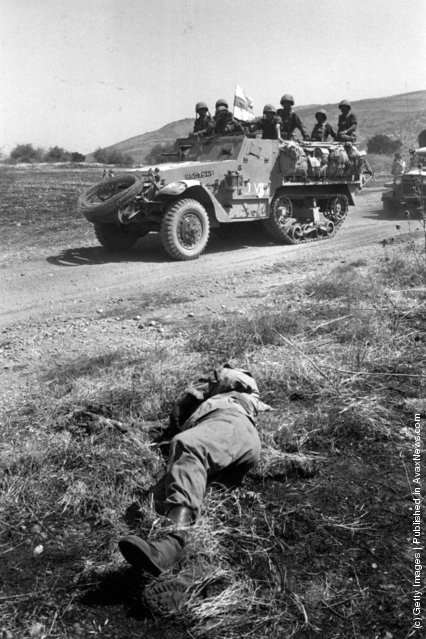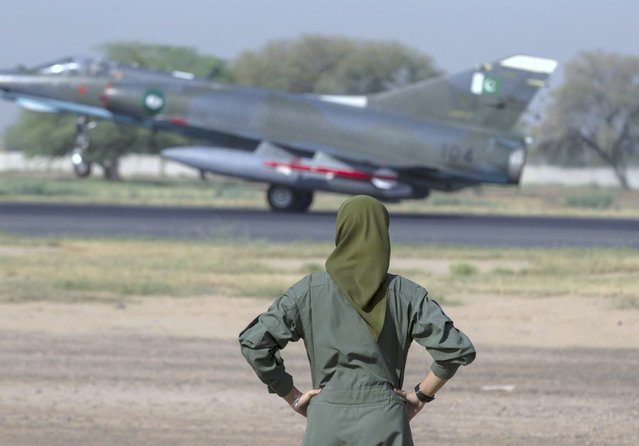
Ayesha Farooq, 26, Pakistan's only female war-ready fighter pilot watches an airforce jet about to take off at Mushaf base in Sargodha, north Pakistan June 7, 2013. Farooq, from Punjab province's historic city of Bahawalpur, is one of 19 women who have become pilots in the Pakistan Air Force over the last decade – there are five other female fighter pilots, but they have yet to take the final tests to qualify for combat. A growing number of women have joined Pakistan's defence forces in recent years as attitudes towards women change. (Photo by Zohra Bensemra/Reuters)
16 Jun 2013 10:21:00,post received
0 comments


